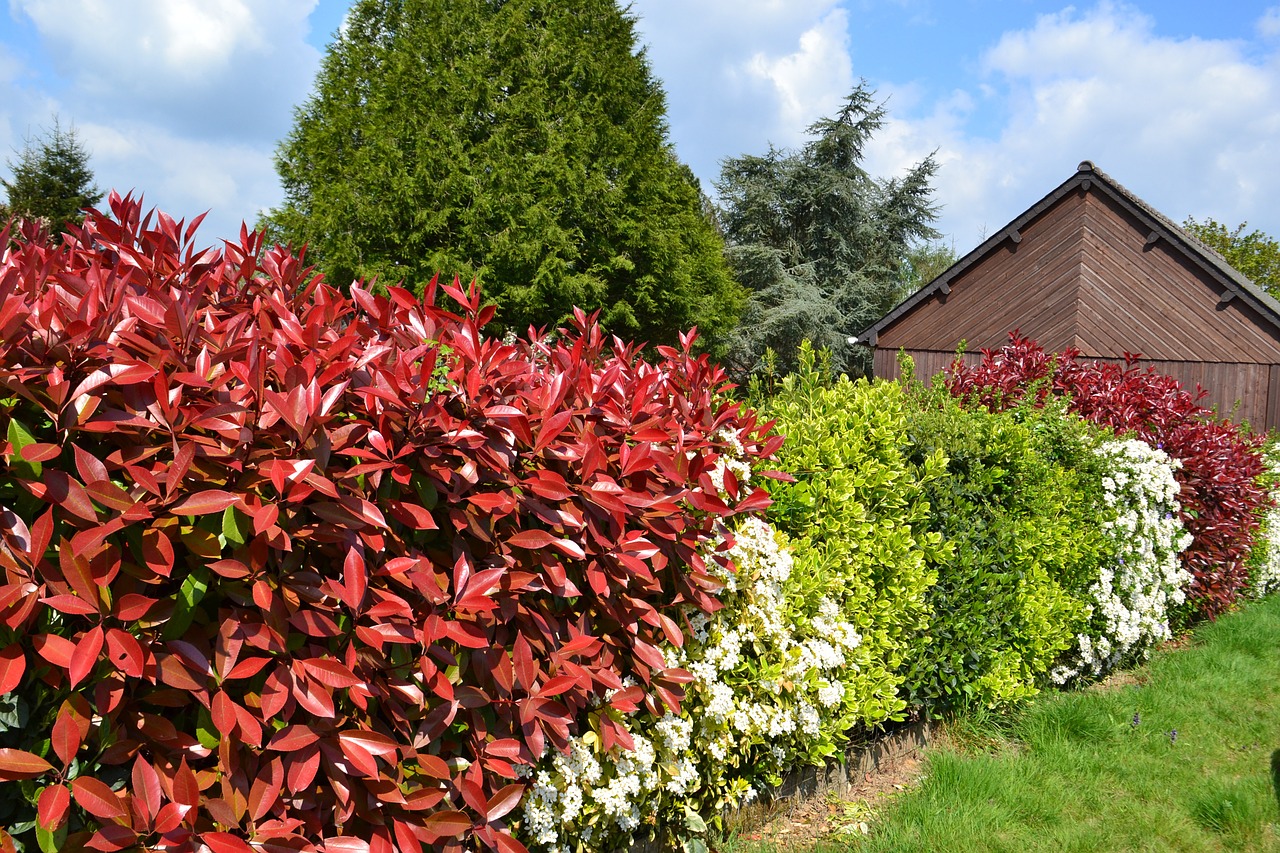

Acer
The attractive delicate foliage of Japanese maples (Acer palmatum) is prone to leaf scorch. Cultivars with heavily dissected foliage are particularly prone. Scorch occurs following environmental stresses, such as drying winds, and leads to the foliage turning brown.
Common name: Japanese Maple
Botanical name: Acer Palmatum
Cultivation notes
- Choose a sheltered spot protected from strong, midday sunshine
- Plant in moisture-retentive but well-drained soil
- Avoid planting in wet soils or on sites that are prone to drying out
- Use a soil-based compost such as John Innes No 2 if planting in containers
- Don’t feed too early or too late in the season (don’t feed between November and March). Avoid over application of high nitrogen fertilisers
- Keep new specimens and container-grown plants well watered
- Mulch around the base of trees growing in the ground with organic matter, such as garden compost, to help retain moisture
- Make sure the mulch is kept away from the trunk of the plant
- Mulch the surface of the compost in containers with gravel or slate, again to retain moisture
- If frost is forecast when the leaves are newly emerged, move container plants to a sheltered spot or frost-free area and cover plants in the ground with a double layer of fleece
- In very windy weather, a temporary windbreak is worthwhile – formed by stretching a screen of wind-reduction netting between canes
Yew
Yew (Taxus baccata) is a handsome native tree or shrub whether planted in a contemporary or traditional setting. It is a classic choice for planting as a free-standing specimen, as topiary, in containers and makes an excellent, long-lived hedge. Careful selection, soil preparation and planting will ensure successful establishment of these timelessly fashionable plants.
Common name: Yew
Botanical name: Taxus baccata
Group: Evergreen tree or shrub
Flowering time: February
Planting time: September-October or March-April
Height and spread: Varies according to training
Aspect: Any
Hardiness: Hardy
Difficulty: Easy
Cultivation notes
Yew tolerates most soils including those containing chalk. It is, however, sensitive to soil compaction and waterlogged growing conditions. Once established yew will even grow in dry soil and shade and can grow more quickly than anticipated.
Photinia
Photinia is a popular evergreen shrub with glossy green leaves, white flowers in flattened flowerheads and young red shoots. The best known of the photinias is Photinia × fraseri ‘Red Robin’ which is often planted as a specimen shrub or as a fast-growing, dense, evergreen hedge.
Common Name: Christmas berry
Botanical Name: Photinia
Group: Evergreen shrub
Flowering time: April to May or June
Planting Time: Autumn to Spring
Height and spread: Mostly up to 5m (15ft) tall, 5m (15ft) spread
Aspect: Sun or partial shade
Hardiness: H5 (hardy – cold winter) – H4 (hardy – average winter)
Difficulty: Easy
Cultivation notes
Photinia grows best in fertile, moist, well-drained soil in sun or partial shade in a sheltered position. The young shoots can become scorched by cold or drying winds and late frosts if grown in an exposed position.
Pruning and Training
Photinias require minimal pruning, but will benefit from the occasional trim in spring and summer to keep the shape of the plant under control. Avoid trimming after mid-August, since any new growth would be vulnerable to autumn frosts.
Follow the advice in the pruning evergreen shrubs profile, but also note the following:
- Photinia × fraseri ‘Red Robin’ can grow up to 30cm (1ft) a year, so keep it under control and encourage new bright young leaves by shortening stems up to 15cm (6in), cutting just above an outward-facing bud
- If ‘Red Robin’ is grown as a hedge, remove the tips of young shoots to encourage the bright red leafy re-growth. They can be trimmed up to three times a year
- The deciduous P. villosa should be pruned in winter when dormant
- P. davidiana ‘Palette’ is a slow-growing evergreen with variegated leaves that needs little pruning
- If any of these photinias become overgrown, it is possible to renovate by cutting back hard to a low framework and thinning out congested shoots as they grow back. Response to renovation pruning is usually good.
Wild Privet
Ligustrum vulgare, also known as common privet, can be deciduous or evergreen shrubs or small trees, with simple, entire leaves and panicles of small, often unpleasantly scented white flowers in spring or summer, followed by black or deep purple berries.
Common name: Wild Privet
Botanical name: Ligustrum vulgar
Group: Evergreen tree or shrub
Flowering time: Summer
Height and spread: 2.5 to 4 metres over 10 to 20 years
Aspect: Any
Hardiness: Hardy in the severest European climes
Difficulty: Easy
